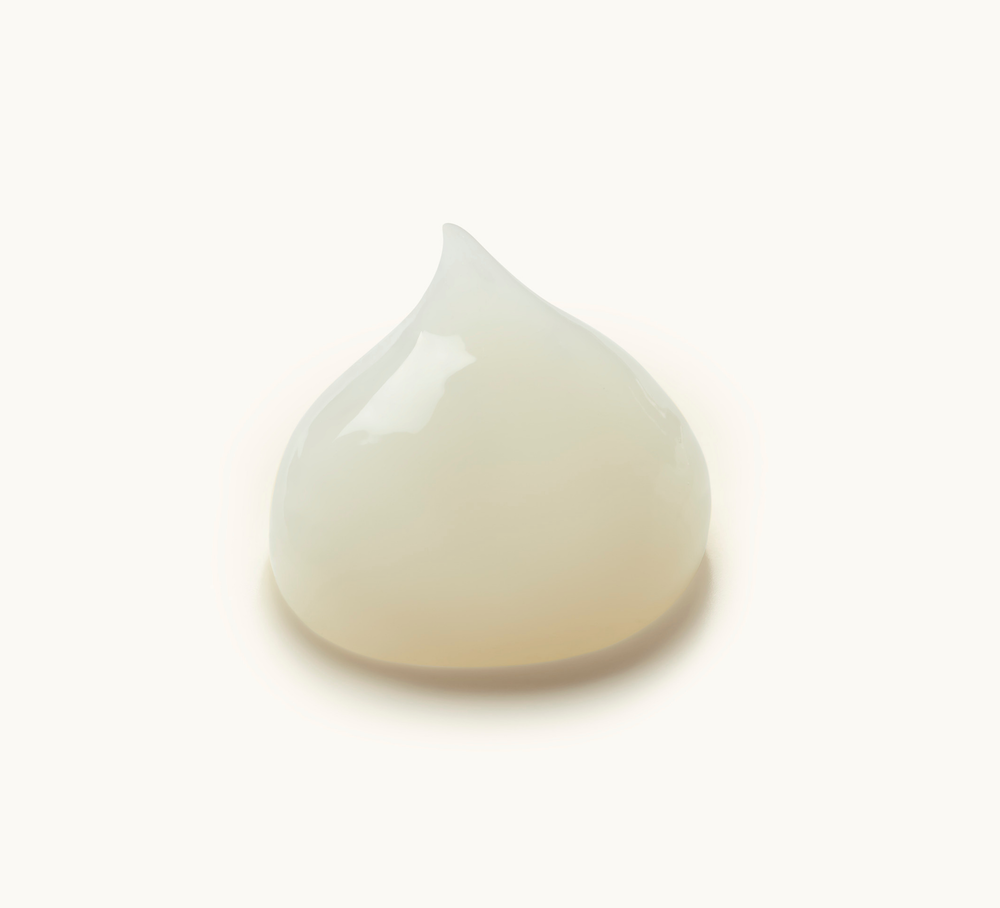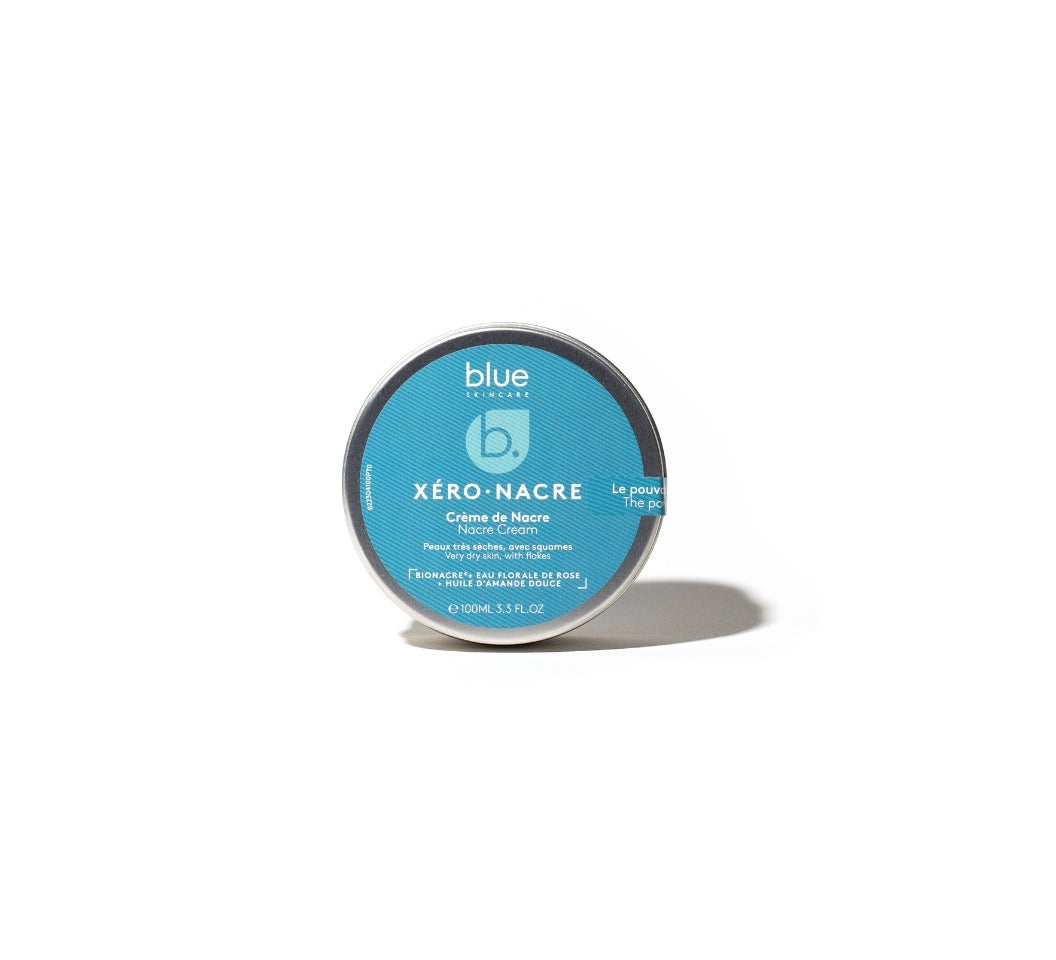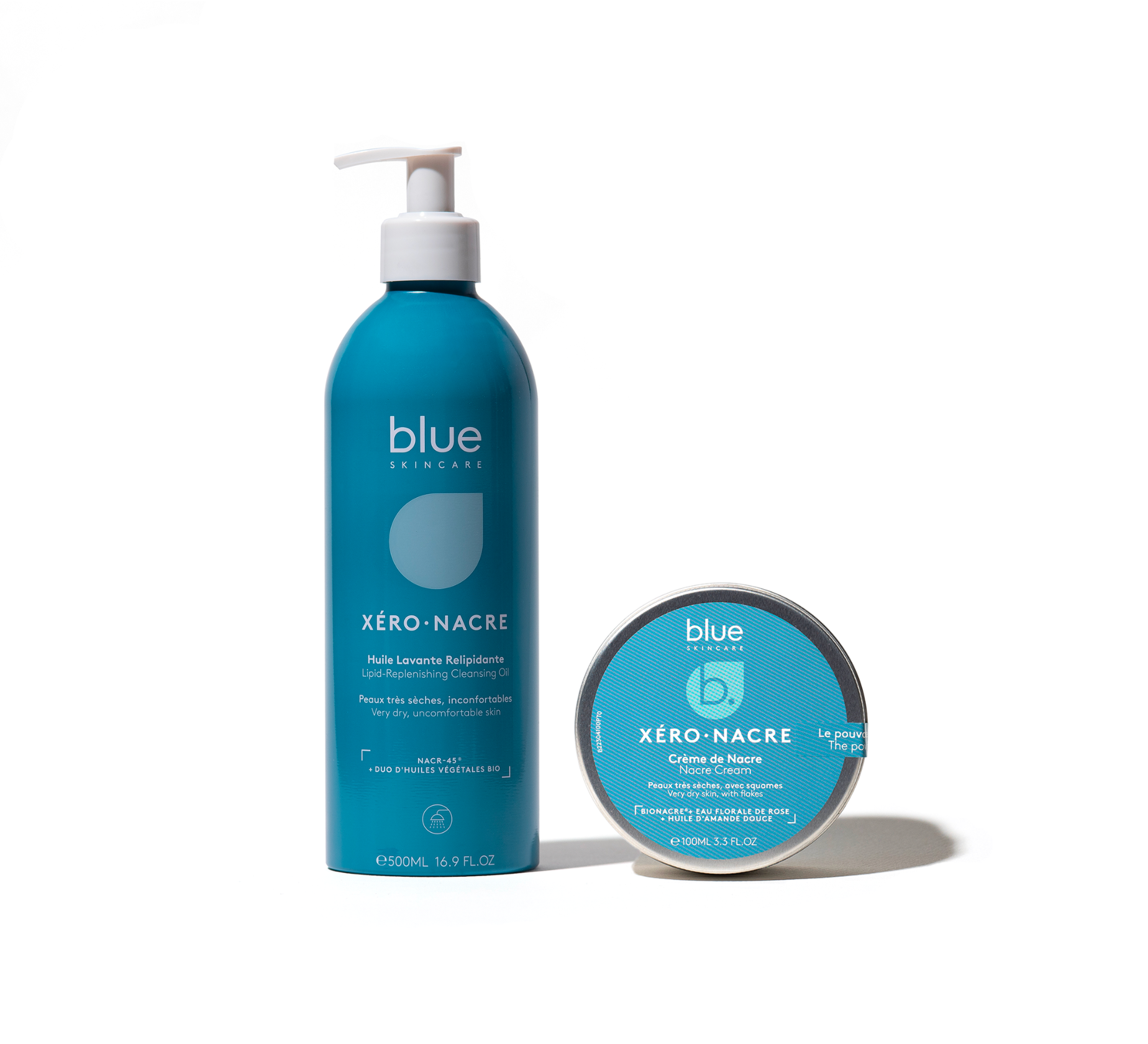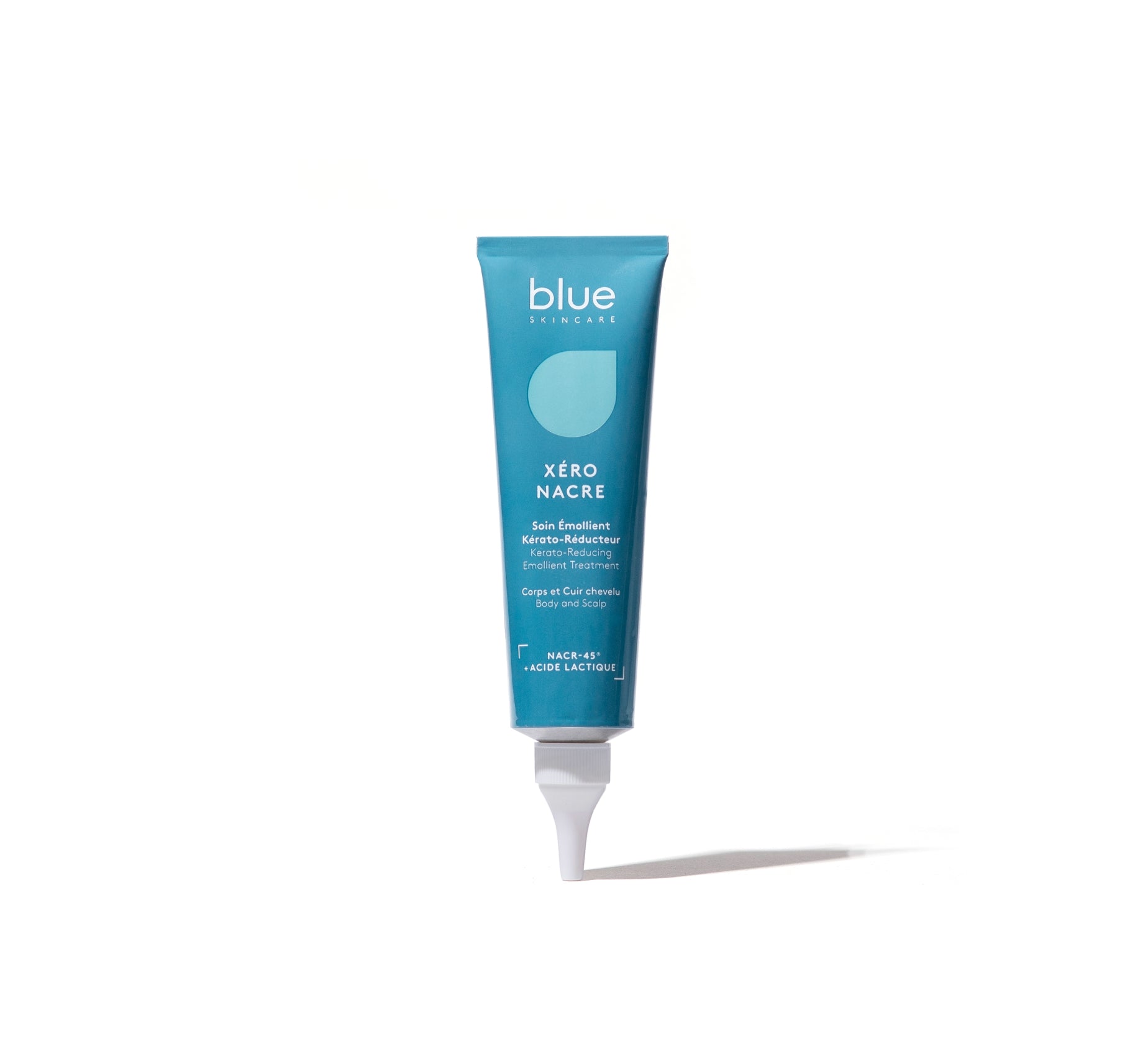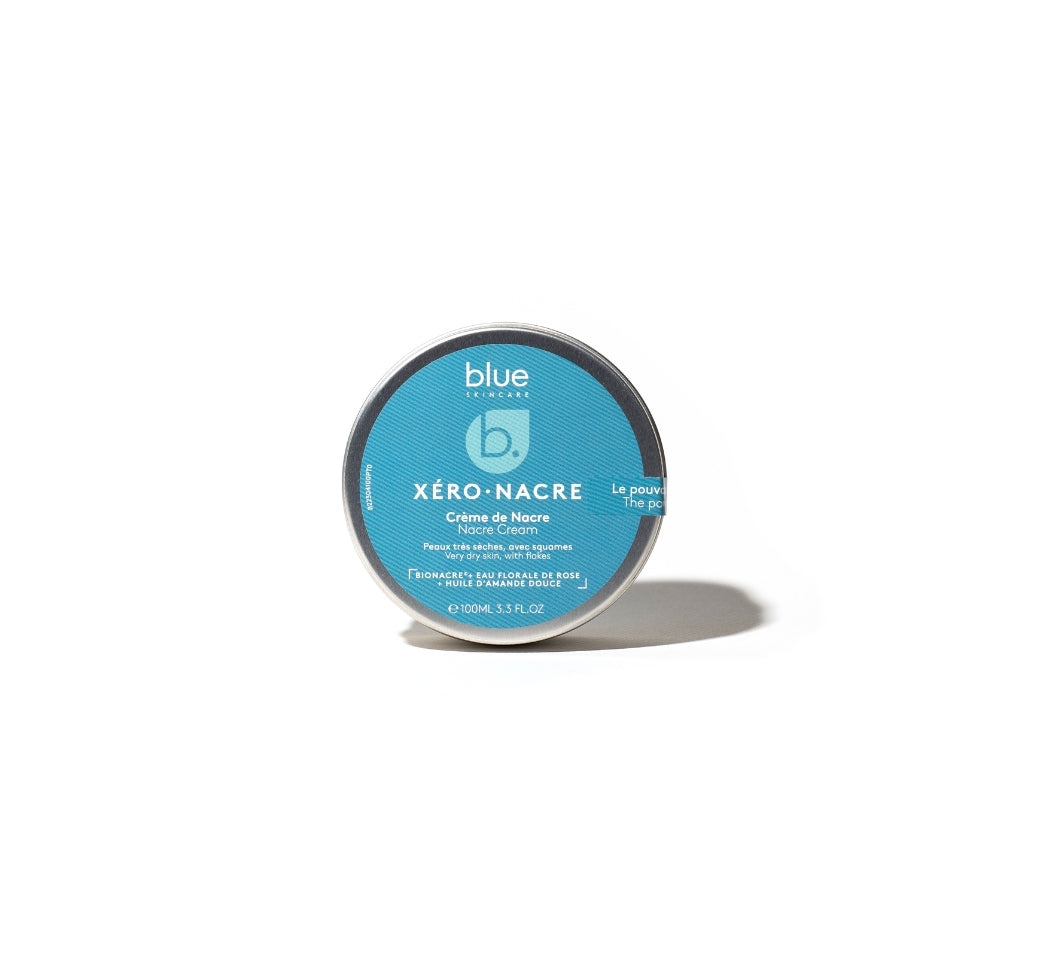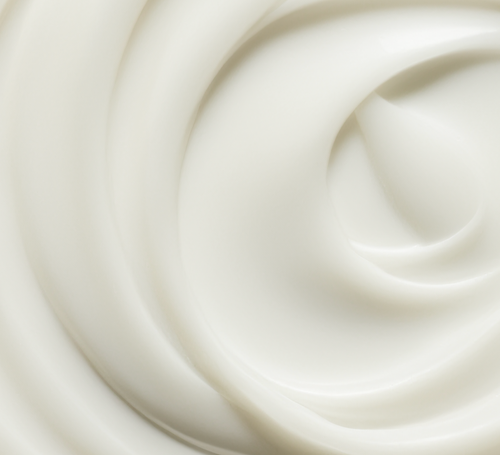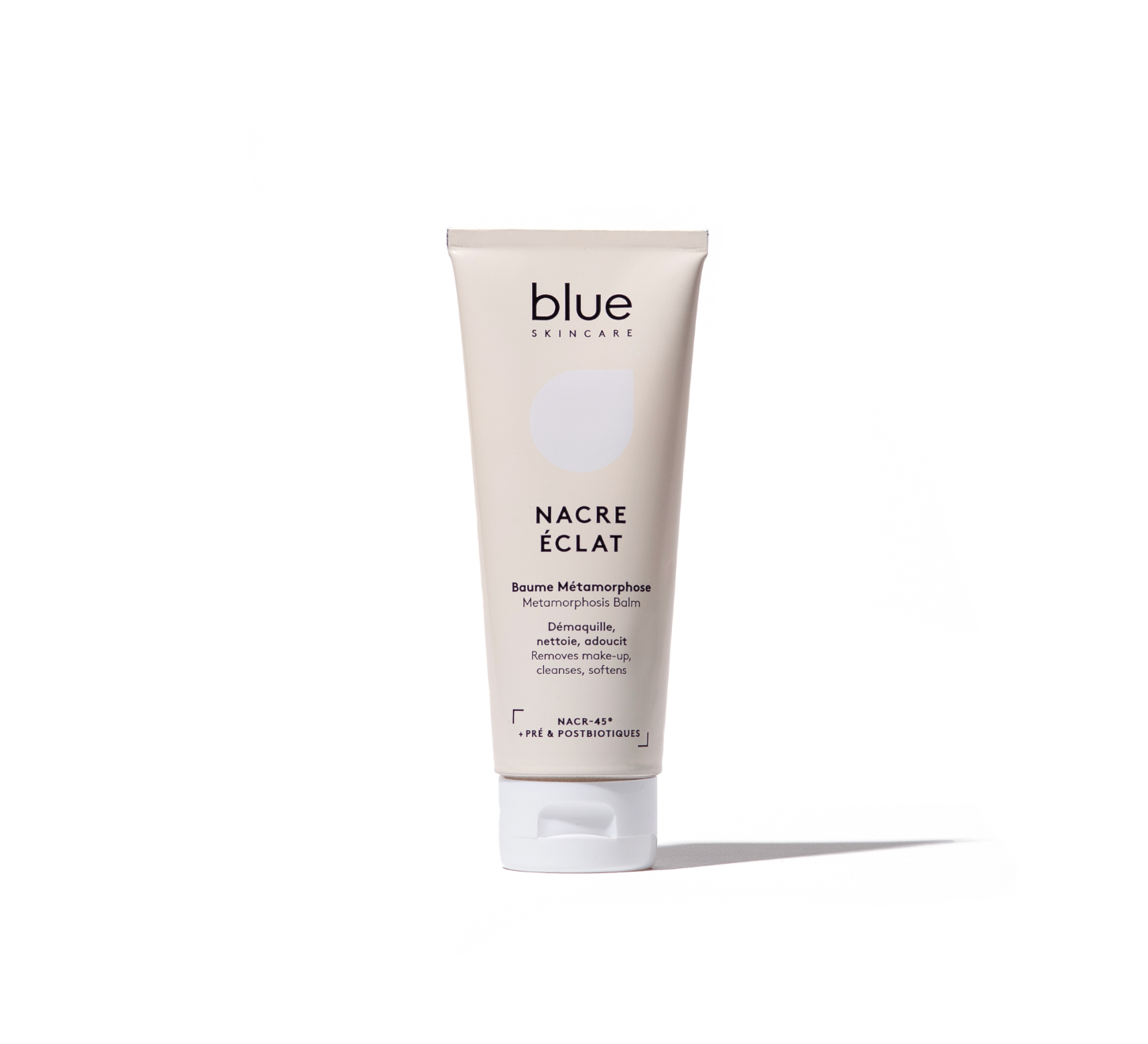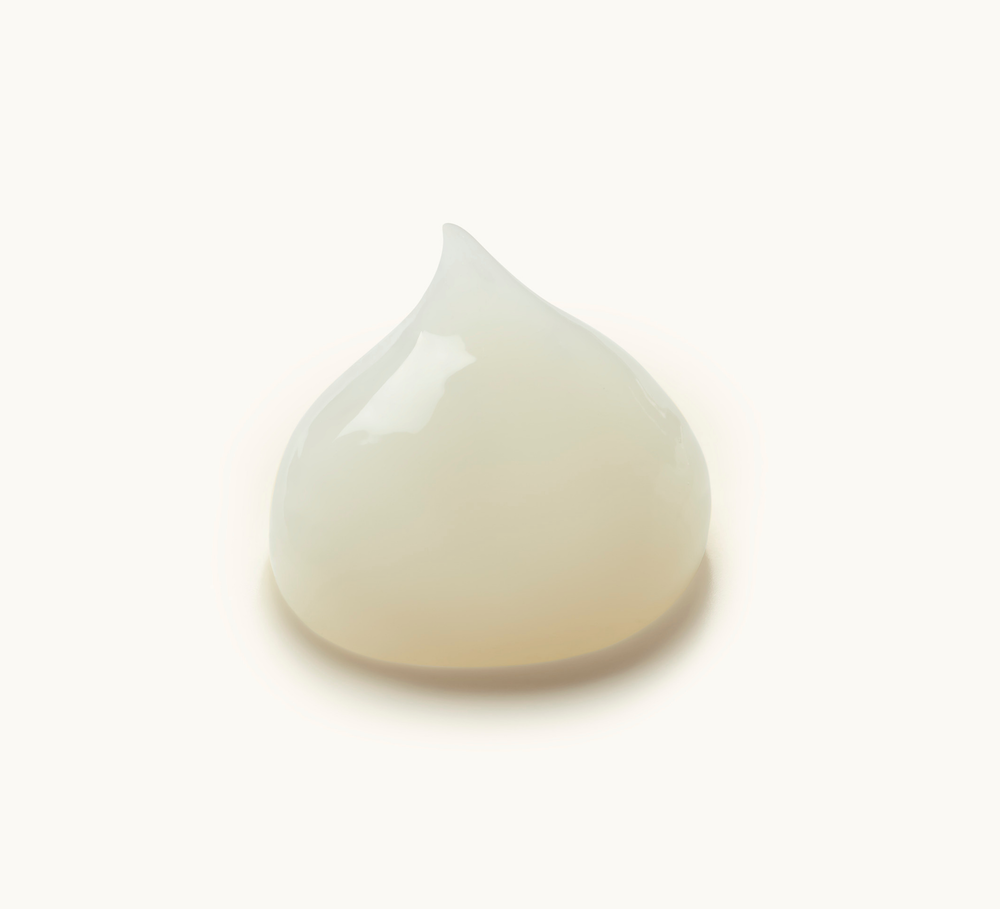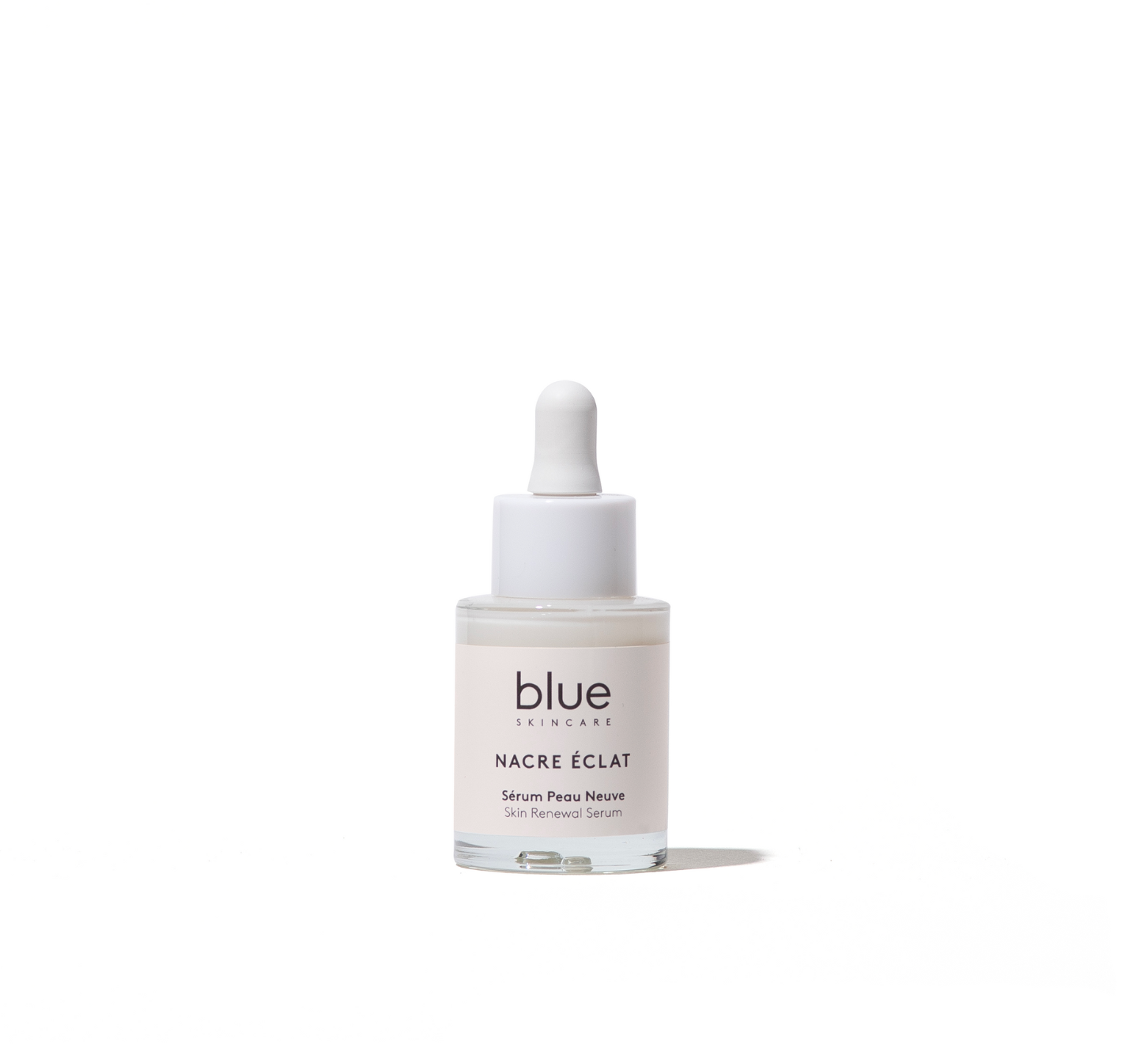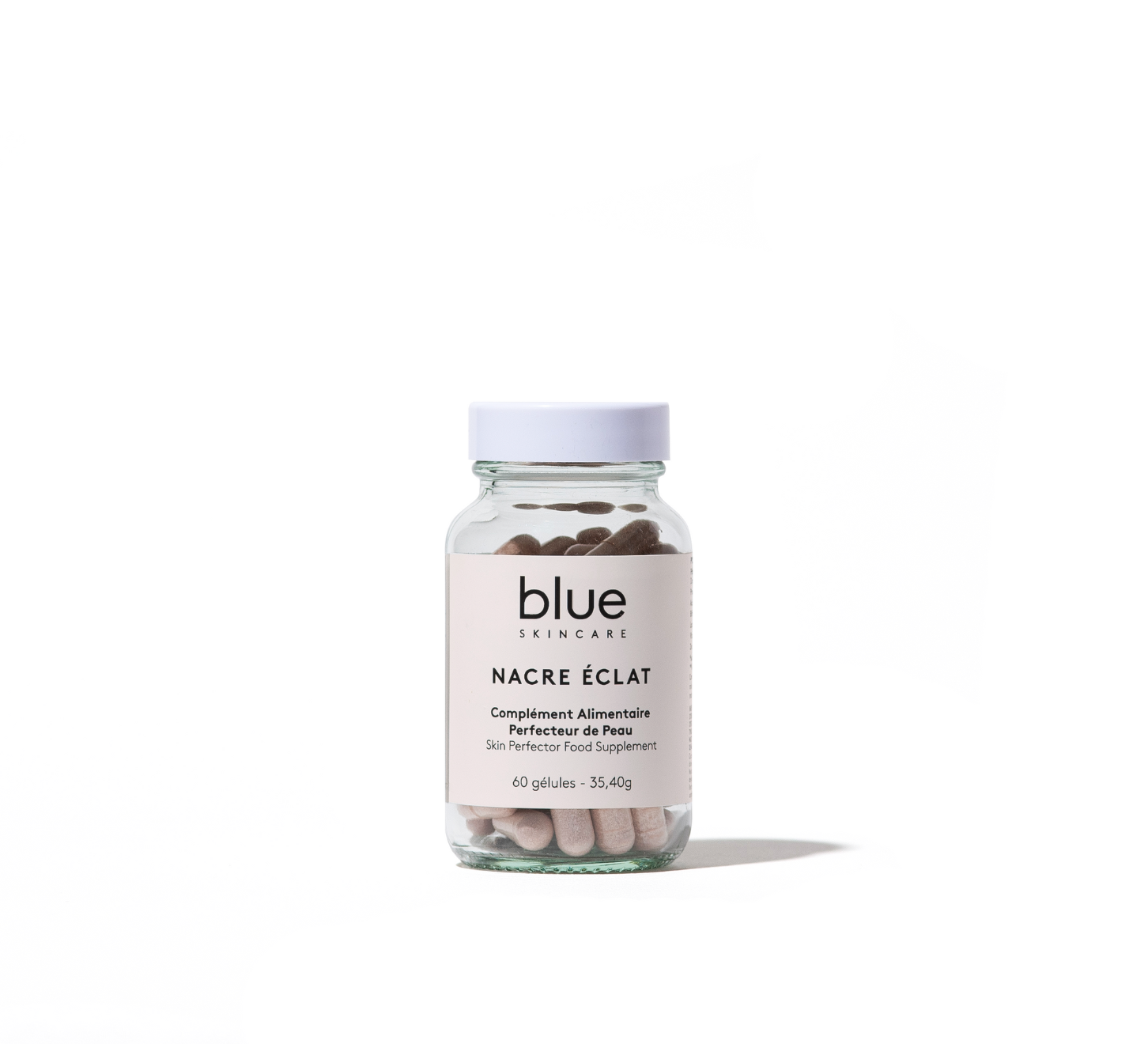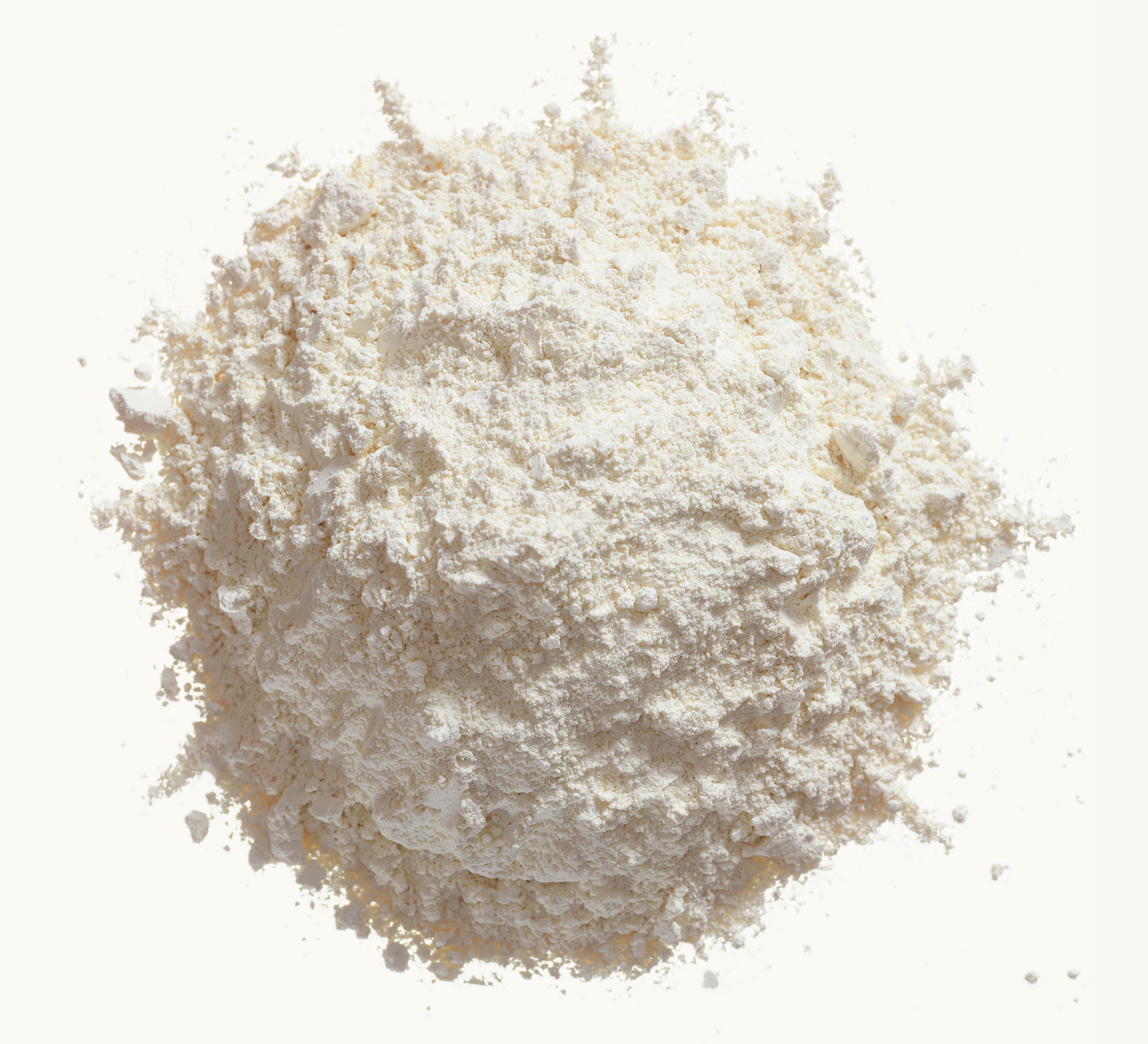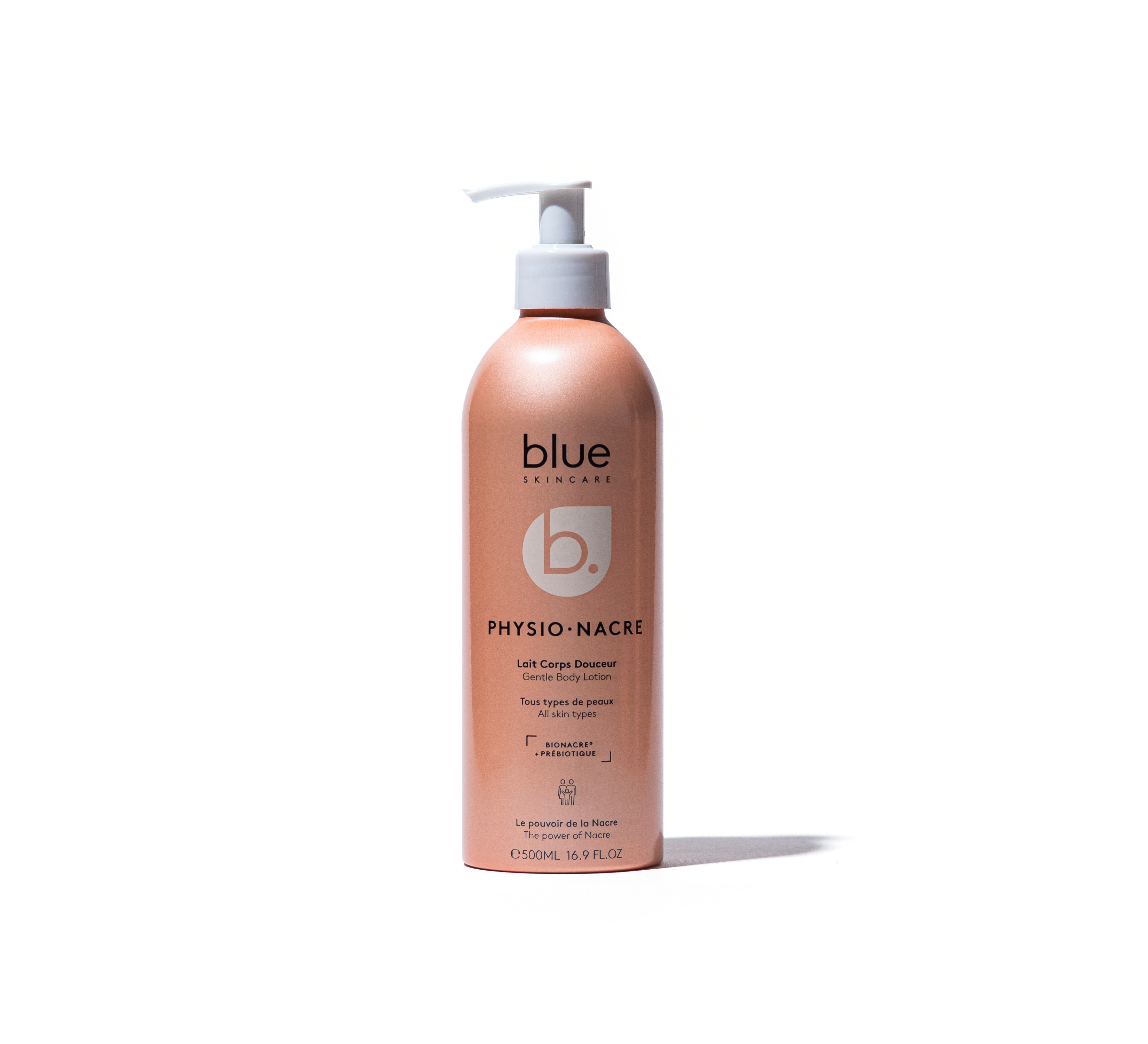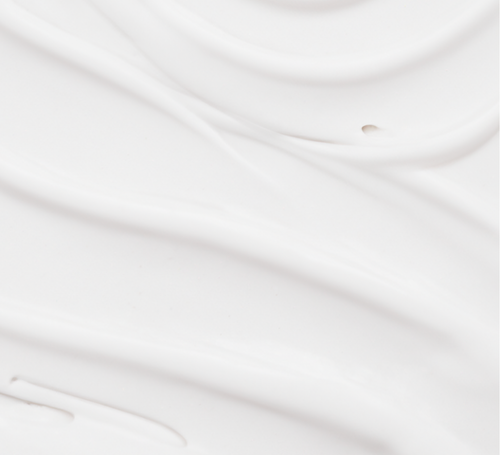Greenwashing in cosmetics is an increasingly widespread practice in the beauty industry. It involves using marketing arguments to give the illusion that a product is environmentally friendly, without any real commitment behind it. Faced with a growing demand for eco-friendly and natural products, some brands are exploiting this trend to attract consumers while concealing unsustainable practices.
Learning to spot greenwashing has become essential for making informed choices and supporting truly responsible initiatives. Here's how to recognize the pitfalls and choose authentic cosmetics.
What is greenwashing in cosmetics?

The term "greenwashing" refers to a marketing strategy aimed at making a product or company appear environmentally responsible, without this being based on concrete actions.
In cosmetics, this can translate into claims such as "100% natural," "eco-friendly," or "chemical-free" displayed on packaging, when the actual composition of the product and manufacturing practices do not meet these promises. Green packaging, images of nature, and ethical slogans are often used to give a misleading impression of sustainability.
What are the consequences of greenwashing in the cosmetics sector?
Greenwashing is not harmless. It has several major negative impacts:
1. Misuse of consumer trust
When brands overuse eco-friendly terms without justification, it creates a general distrust of truly committed initiatives. Consumers, disappointed by unfulfilled promises, become more skeptical of authentic labels and claims.
2. Aggravated environmental impact
By encouraging the consumption of products that are not truly ecological under the guise of green marketing, greenwashing perpetuates practices that are harmful to the environment: the use of petrochemical ingredients, non-recyclable packaging, and intensive and polluting production.
3. Brake on sustainable innovation
By facilitating the commercial success of less-than-responsible products, greenwashing diverts financial resources and attention from genuine players in ecological innovation in cosmetics. This slows the emergence of truly sustainable solutions.
How to spot greenwashing in cosmetics?
To avoid being trapped, here are some signs that should alert you:
1. Use of vague and unregulated terms
Terms like "natural," "green," and "eco-friendly" are not legally regulated. Check whether these claims are accompanied by concrete evidence (certifications, complete ingredient lists, clear commitments).
2. Lack of reliable labels
A truly eco-friendly product displays serious certifications like Cosmos Organic , Ecocert , Cosmebio or Cruelty-Free . Be wary of labels invented by the brands themselves, which have no regulatory value.
3. Highlighting a single natural ingredient
Some brands promote a natural "star" ingredient (like aloe vera or argan oil) when the entire formula contains numerous controversial chemical additives. It's crucial to read the entire ingredient list (INCI) to verify product consistency.
4. Deceptive packaging
Green colors, images of plants, or animals do not guarantee a reduced environmental impact. Truly eco-friendly packaging is often made from recycled and recyclable materials, and this information is clearly indicated.
How to avoid greenwashing and make informed choices?
Fortunately, there are simple ways to check the authenticity of cosmetic products and ensure they truly match your values.
1. Use apps like Clear Fashion
Clear Fashion is an application dedicated to the ethical and ecological analysis of brands, primarily in the fashion sector, but also extending to other sectors. It allows users to assess transparency, environmental commitments, and compliance with manufacturing conditions. Soon available for more sectors, it offers a valuable tool for consumers seeking reliability.
For cosmetics, alternatives like Yuka or INCI Beauty also allow you to decipher the composition of products and identify ingredients to avoid.
2. Favor official labels
Before you buy, look for recognized labels like:
-
Cosmos Organic
-
Ecocert
-
Cosmebio
-
Fair For Life
-
Leaping Bunny (Cruelty-Free)
These certifications guarantee independent control over the origin of ingredients, manufacturing, and environmental impact.
3. Analyze the INCI list
The INCI (International Nomenclature of Cosmetic Ingredients) is mandatory for all cosmetic products. The shorter and more comprehensive the list, the better. Learn to recognize natural ingredients from synthetic derivatives (e.g., avoid PEG, PPG, parabens, and silicones).
4. Learn about brand transparency
Genuinely committed brands readily detail their environmental policies, sourcing, manufacturing methods, and ingredients without hiding any information. Don't hesitate to explore their websites, read their impact reports, or ask them questions directly.

Towards a more transparent and responsible beauty
Faced with the rise of greenwashing in cosmetics, it's essential to be vigilant in supporting genuine ecological initiatives. By learning to spot deceptive marketing techniques, leveraging tools like Clear Fashion, researching official labels, and analyzing product ingredients, everyone can consume more responsibly and ethically.
Authentic beauty requires transparency, sincerity, and genuine commitment. Making informed choices also means actively contributing to a more sustainable future.

